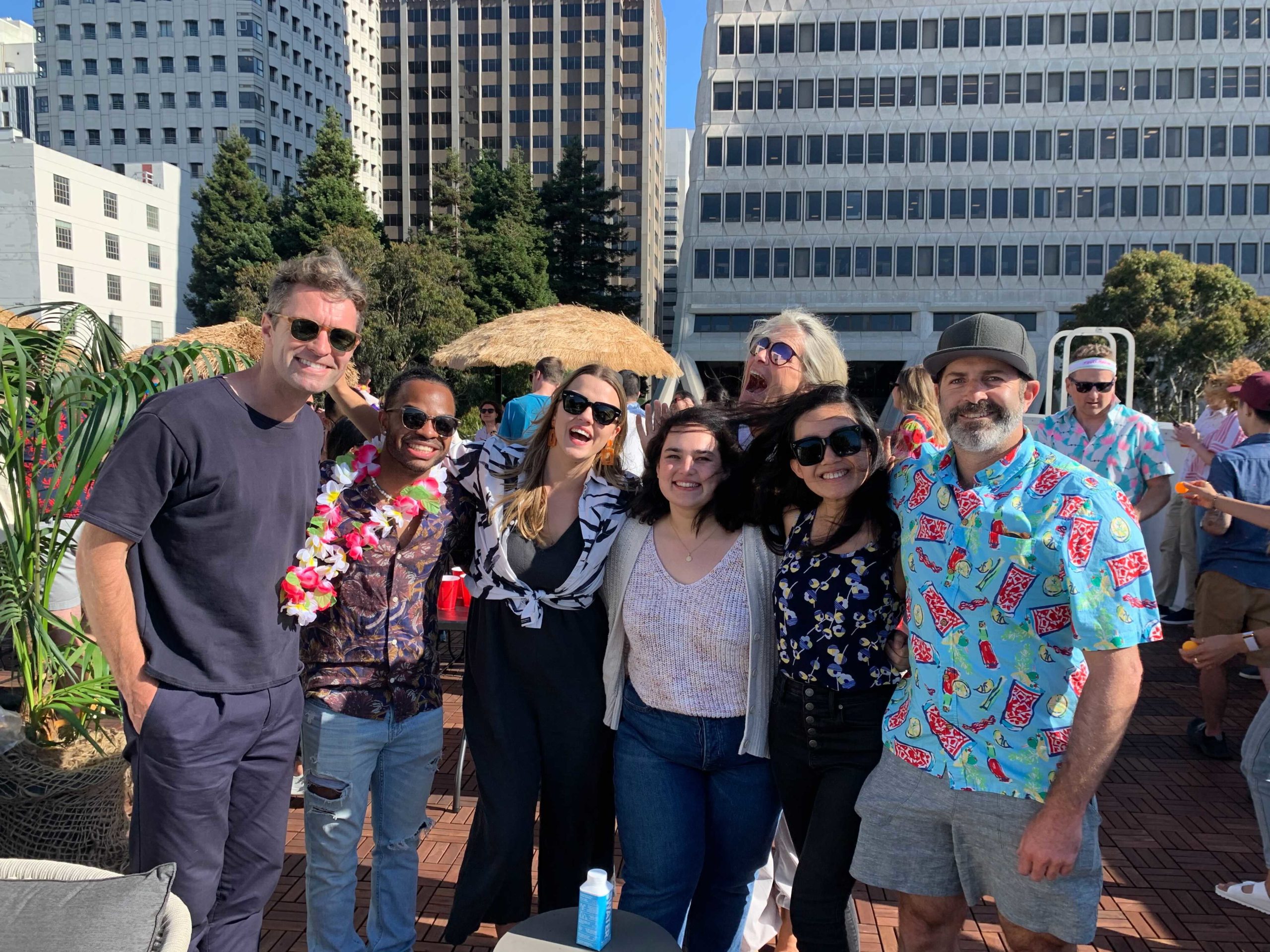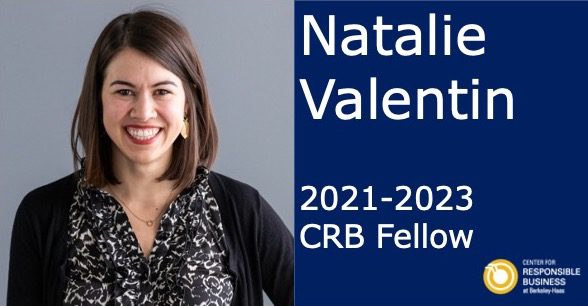Impact Investing: Creating Strong Returns While Bettering the World

Written by Isabella Martin, MDP Candidate, Class of 2019
Impact Investing is an increasingly hot topic in the finance world with the industry set to grow to around $500 billion in the next decade. With so many ubiquitous terms floating around like Socially Responsible Investing (SRI), Environment, Social and Governance (ESG) Investing, Shareholder Advocacy and Place-Based Investing, what exactly constitutes an impact investment? More importantly, who is on board in this evolving space and should we all be getting involved?
These were some of the questions discussed at the event, Impact Investing: Creating Strong Returns While Bettering the World, hosted by First Republic Bank and organized by the Berkeley Haas Alumni Network’s SF Chapter last week. The speakers, from broad backgrounds, discussed the hows and whys, benefits and pitfalls of Impact Investing, attempting to give some semblance of order to this burgeoning industry.
The discussion began with Sonya Hetrick, Sector Analyst at SASB and former CRB student research fellow, outlining the origins of Impact Investing, which although a new space in many people’s minds is not in fact contemporary. It can be traced back to faith based investing in biblical times in which there was no investment in alcohol or tobacco, which today would be considered negative screening. The modern roots of Impact Investing lie in the boycotting of companies during the Vietnam War, Civil Rights Movements, and divestment of funds from South Africa during Apartheid. In the 1990s/2000s this shifted from negative screens to positive screens and the field broadened to include all the terms listed above. Generally, Impact Investing is regarded as investing for positive social or environmental impact, however there is no universal definition.
This is further complicated by the fact that what is defined as responsible or in line with ESG principles is subjective. David Sternlicht, Associate in Investment and Impact Advisory at Jordan Park and former CRB student advisory board member, highlighted these difficulties in his work at this multi-family office. He likened it to the work of an optometrist, where everyone has their prescription or worldview and their work is to create glasses or portfolios to satisfy their clients individual needs. They see Impact Investing as really user defined.
Billy Hwan, Portfolio Manager at Parnassus Investments, spoke to this and how Parnassus, a pioneer in this industry, has managed to stay at the forefront. Jerome Dodson, Founder of Parnassus is a visionary who believed from the get go that there shouldn’t be a trade off between profits and the good of society. The validity of this philosophy is demonstrated by the extraordinary growth and success of Parnassus. If we look to Parnassus, it seems that what successful ESG or Impact Investing requires is strongly defined principles, a well-integrated and respected ESG analyst team and a leader at the helm who whole-heartedly believes in the mission.
It’s clear that bigger firms have found success in Impact Investing but do small firms and start-ups stand a chance? Claire Veuthey, Director of ESG and Impact at OpenInvest and judge of the Investment for Impact Research Prize, stated a resounding “yes”. The advantage of start-ups is that they are small, unencumbered and without history. This means they can take a stand on the issues they care about without worrying about conflicts between business functions and other investment teams. The advantage of OpenInvest is that anyone can have buy in and become an investor with as little as $100. However, getting it right is not as easy as it sounds.
As an investor, how do you know that your investment is having the impact you want it to? This is one of the major issues prevalent in the Impact Investing industry today and why the skillful utilization of ever increasing data and concentration on impact measurement is essential. For one, investors are demanding evidence of their impact but how do they know that the information they’re receiving isn’t just green washing?
Up until now, the current state of affairs has been that businesses can report whatever they want in Corporate Social Responsibility (CSR) reports which much to the investor’s chagrin are characterized primarily by ‘pretty pictures of trees and windmills’. This is where SASB comes in. They are trying to find the nexus between giving investors tangible and material data without overwhelming the businesses with dozens of surveys to fill out. They have done this through the creation of the SASB Materiality Map, which defines material issues in each specific industry, making CSR reporting easier, more understandable and standardized. From all accounts businesses and investors have responded well to this greater clarity.
So, what does the future of Impact Investing look like? According to Claire, a bit of everything, and from all I heard, I tend to agree. Impact Investing is not easily categorized. It is a growing, innovative, all encompassing and evolving field with promising returns, not just socially and environmentally, but financially.
Then why isn’t money flowing in as fast as other vehicles like private equity and venture capital? This question was put to the panel and it seems to be all about perception; people perceive that there are lower financial returns compared to traditional investments. However, this is all about to change with the unprecedented transfer of wealth from Baby Boomers to Millennials, who as a majority care more about social and environmental issues.
What does this mean for you? It means that the time is now to start seriously considering Impact Investing.
About the Author

Isabella Martin, MDP ‘19
Isabella is a second year Master of Development Practice student in the College of Natural Resources. Prior to graduate school she worked both in corporate events and for the non-profit sector. She is currently interested in corporate social responsibility and socially responsible investing. Her final capstone project is researching Impact Investing and the UN Sustainable Development Goals.


